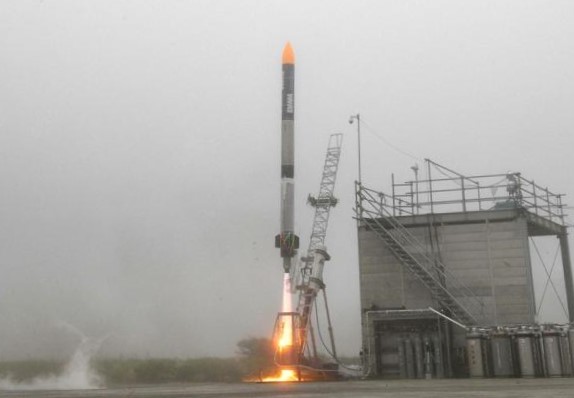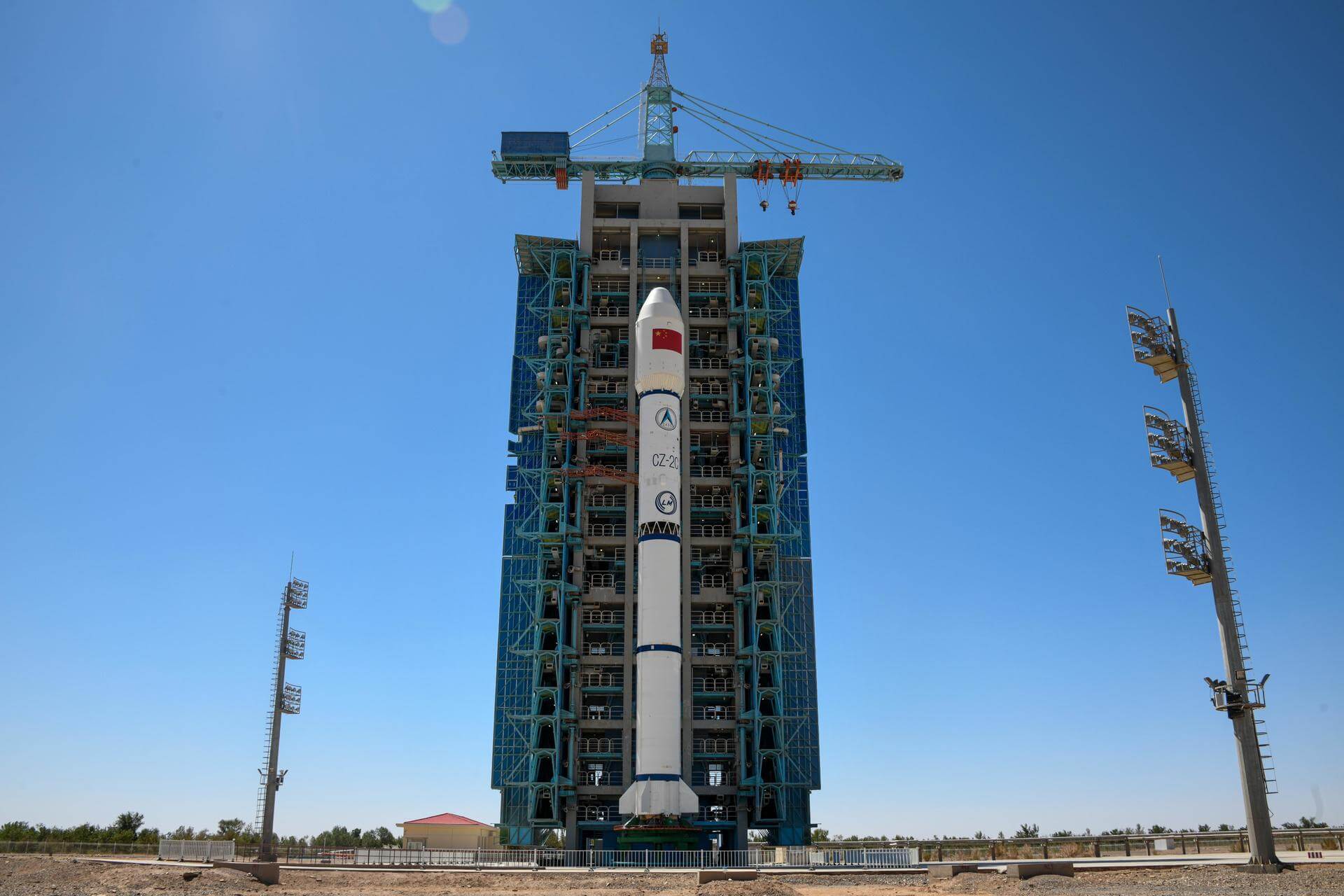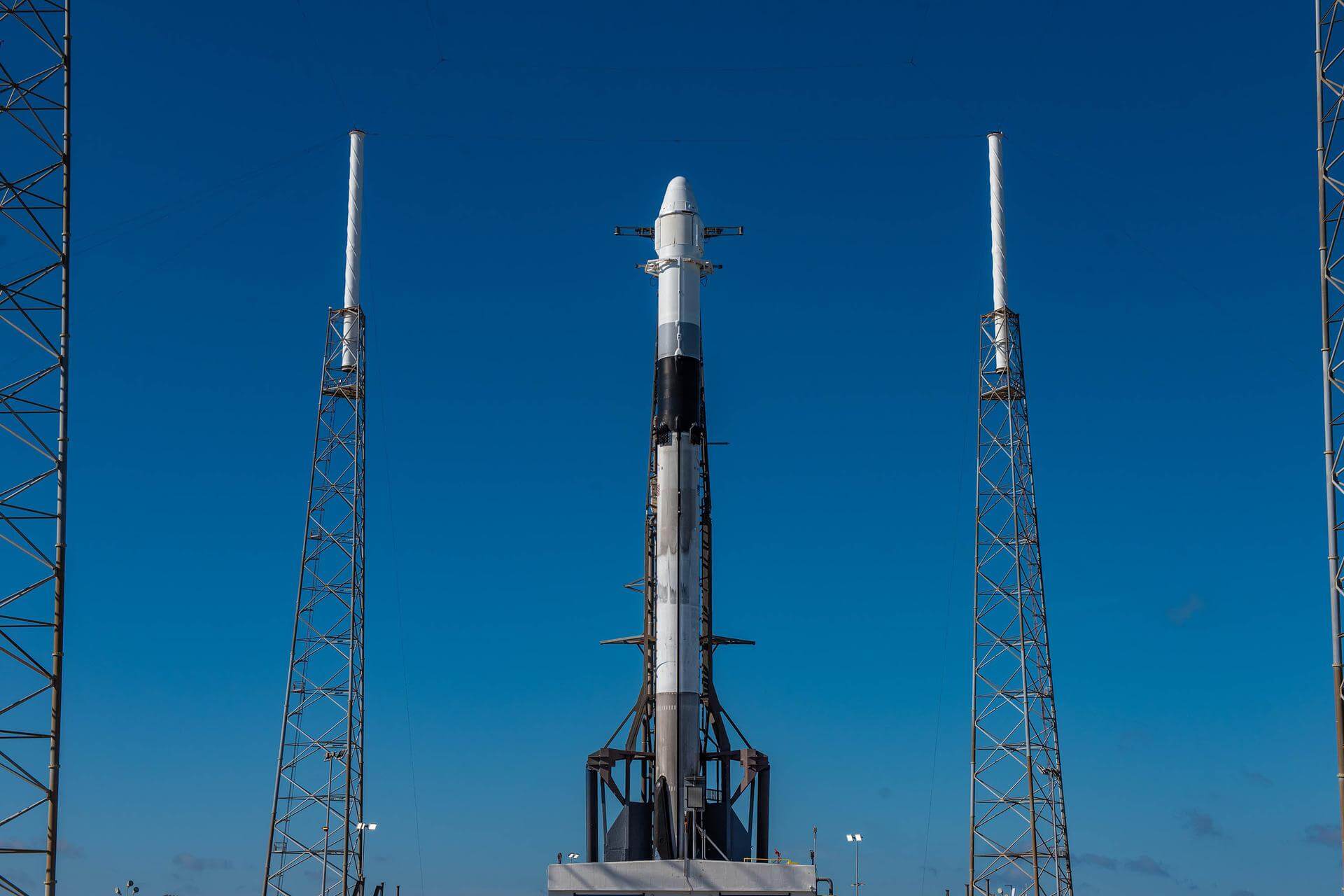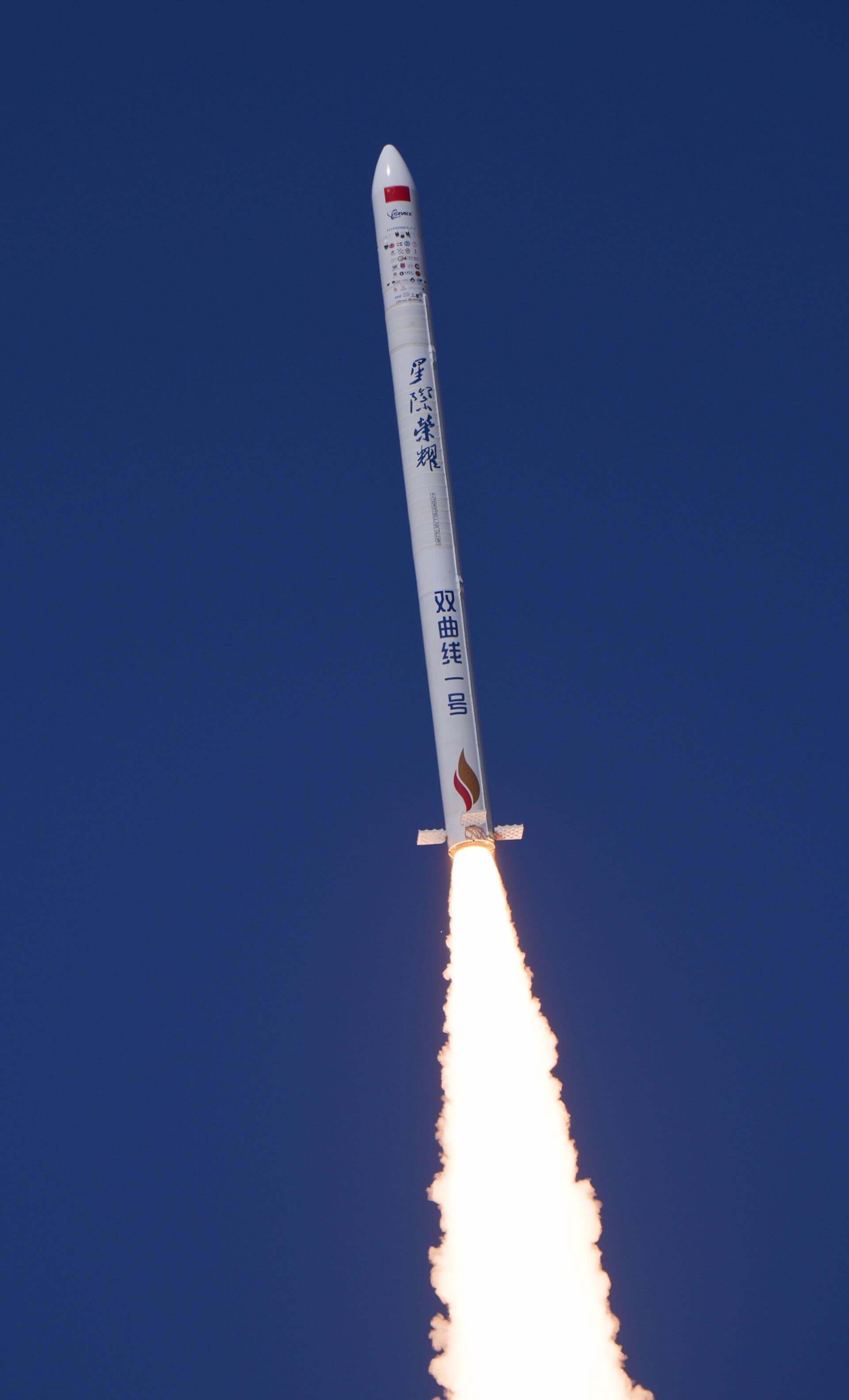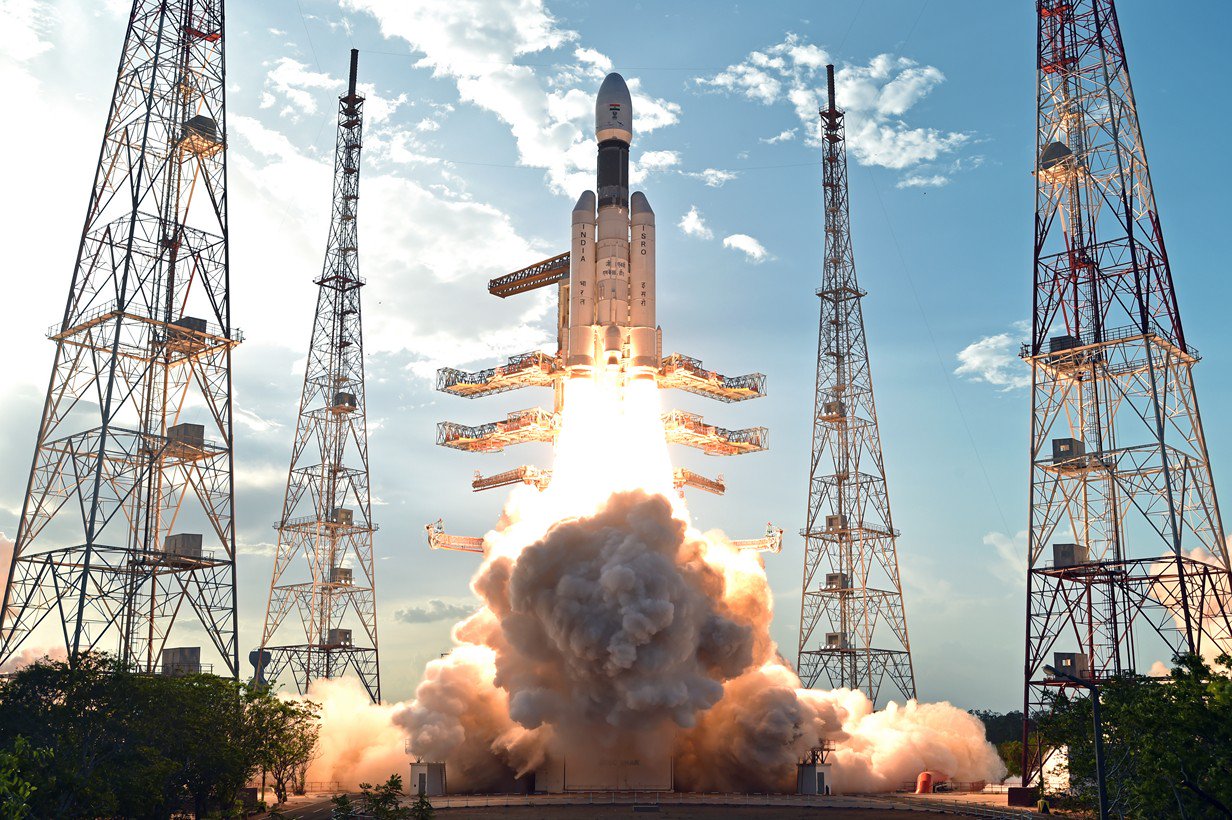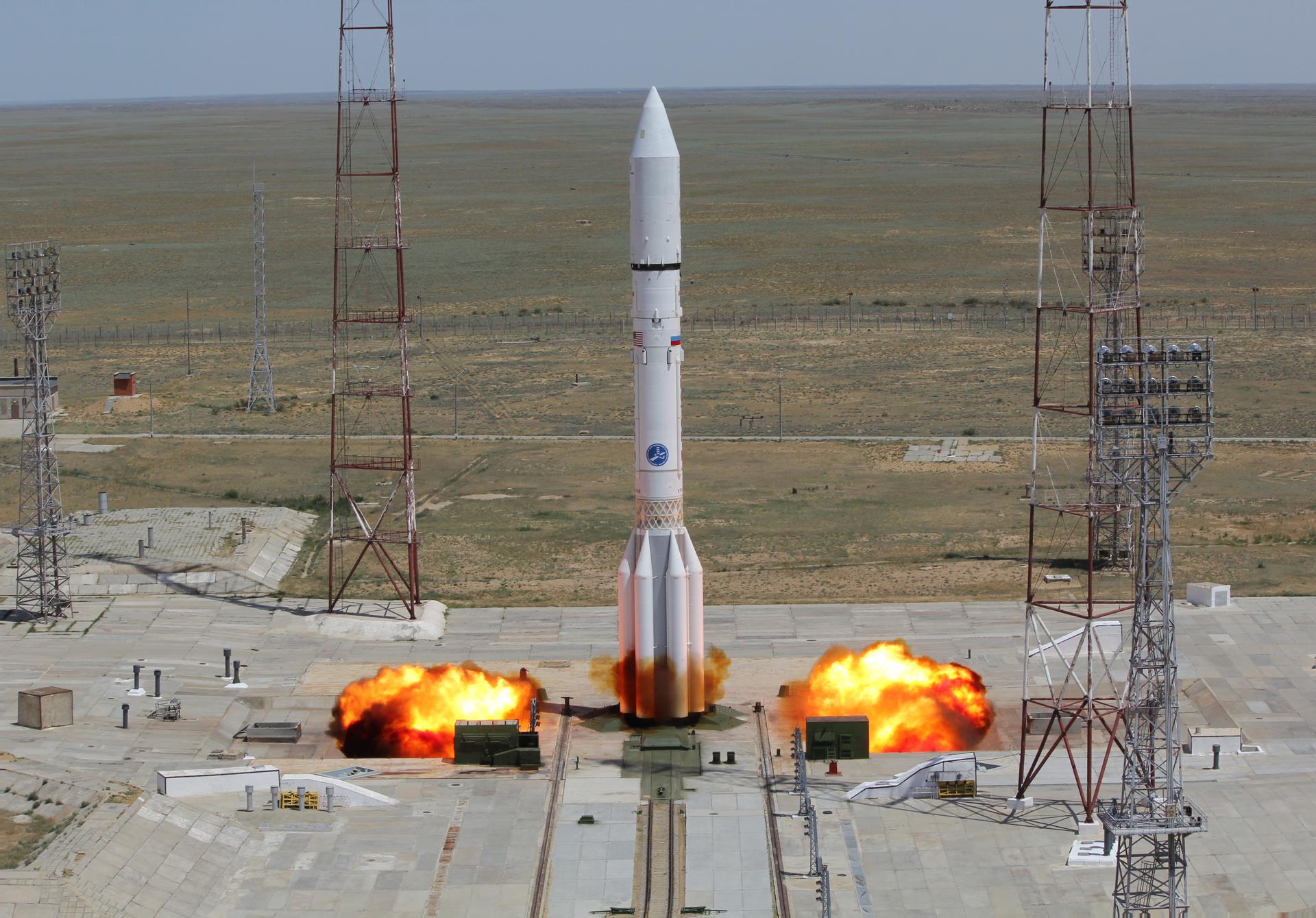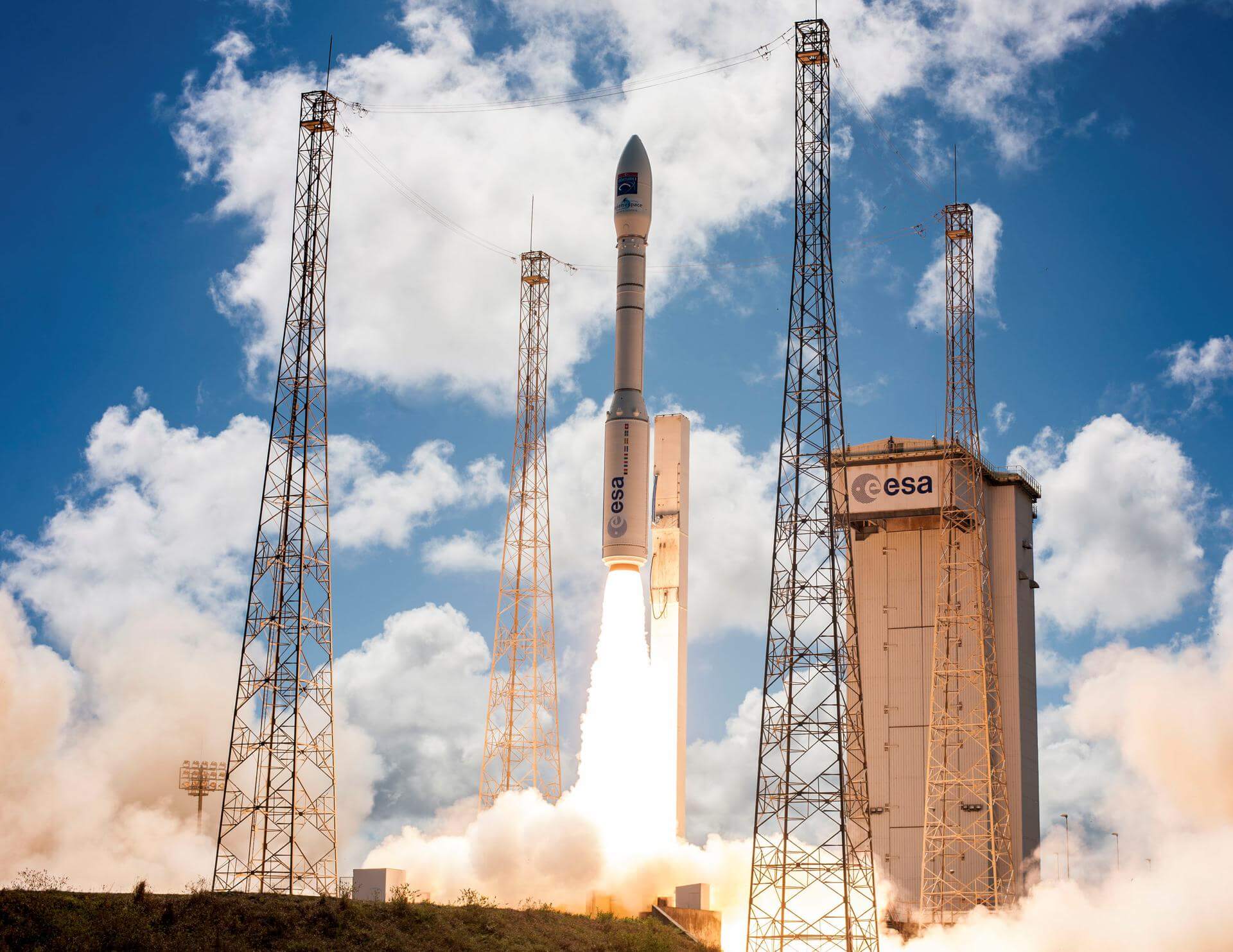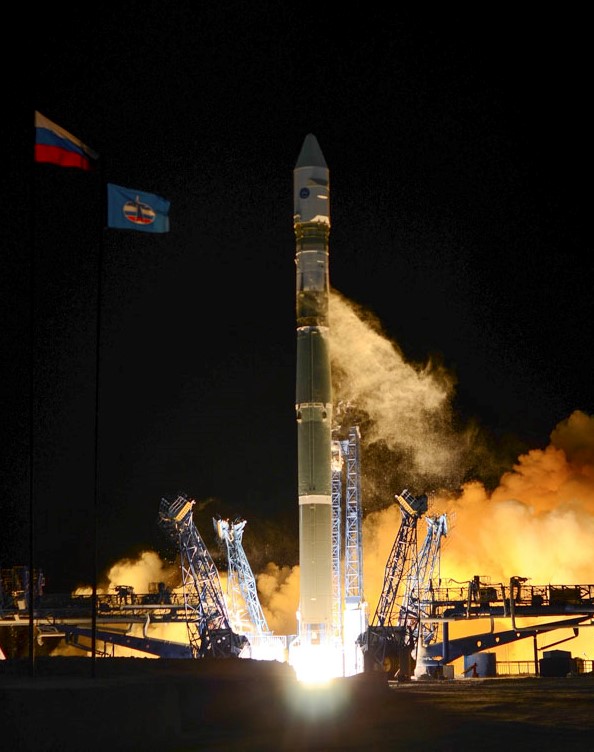Previous Spaceflight Launches
Filter by Agency, Locations or Vehicles
Show All LaunchesMOMO | Flight 4
Interstellar Technologies | JapanHokkaido Spaceport, Japan
July 27, 2019, 7:20 a.m.
Status: Launch Failure
Mission:
The Momo-4 rocket will carry a research device developed by Kochi University of Technology and release a paper plane in space as part of an experiment proposed by Castem Co., a precision parts manufacturer based in Fukuyama, Hiroshima Prefecture, that provided some of the funding for the project.
SuborbitalLong March 2C | Yaogan-30-05
China Aerospace Science and Technology Corporation | ChinaXichang Satellite Launch Center, People's Republic of China
July 26, 2019, 3:57 a.m.
Starship Hopper | 20m Hop
SpaceX | United States of AmericaSpaceX Starbase, TX, USA
July 26, 2019, 3:45 a.m.
Falcon 9 Block 5 | SpX CRS-18
SpaceX | United States of AmericaCape Canaveral SFS, FL, USA
July 25, 2019, 10:01 p.m.
Status: Launch Successful
Mission:
SpaceX launched the Dragon spacecraft on their 18th operational cargo delivery mission to the International Space Station. The flight was conducted under the Commercial Resupply Services contract with NASA.
Low Earth Orbit #CRS18 B1056 - Flight Proven ( ) Landing Zone 1Hyperbola-1 | Maiden Flight
i-Space | ChinaJiuquan Satellite Launch Center, People's Republic of China
July 25, 2019, 5 a.m.
LVM-3 | Chandrayaan-2
Indian Space Research Organization | IndiaSatish Dhawan Space Centre, India
July 22, 2019, 9:13 a.m.
Status: Launch Successful
Mission:
Chandrayaan-2 is India's second mission to the Moon. It consists of an orbiter, lander and rover. After reaching the 100 km lunar orbit, the lander housing the rover will separate from the orbiter. After a controlled descent, the lander will perform a soft landing on the lunar surface at a specified site and deploy the rover. Six-wheeled rover weighs around 20 kg and will operate on solar power. It will move around the landing site, performing lunar surface chemical analysis and relaying data back to Earth through the orbiter. The lander will be collecting data on Moon-quakes, thermal properties of the lunar surface, the density and variation of lunar surface plasma. The orbiter will be mapping lunar surface. Altogether, Chandrayaan-2 mission will collect scientific information on lunar topography, mineralogy, elemental abundance, lunar exosphere and signatures of hydroxyl and water-ice.
Lunar OrbitSoyuz-FG | Soyuz MS-13
Progress Rocket Space Center | RussiaBaikonur Cosmodrome, Republic of Kazakhstan
July 20, 2019, 4:28 p.m.
Status: Launch Successful
Mission:
Soyuz MS-13 begins expedition 60 by carrying NASA astronaut Andrew Morgan, Luca Parmitano of ESA (European Space Agency) and Alexander Skvortsov of the Russian space agency Roscosmos launch to the International Space Station aboard the Soyuz spacecraft from the Baikonur Cosmodrome in Kazakhstan.
Low Earth OrbitProton-M/Blok DM-03 | Spektr-RG
Khrunichev State Research and Production Space Center | RussiaBaikonur Cosmodrome, Republic of Kazakhstan
July 13, 2019, 12:30 p.m.
Vega | Falcon Eye 1
Avio S.p.A | ItalyGuiana Space Centre, French Guiana
July 11, 2019, 1:53 a.m.
Status: Launch Failure
Mission:
Falcon Eye 1 is a high-resolution Earth-imaging satellite for the United Arab Emirates. Built by Airbus Defense and Space with an optical imaging payload from Thales Alenia Space, Falcon Eye 1 is the first of two surveillance satellites ordered by the UAE’s military.
Polar Orbit #VV15Soyuz 2.1v/Volga | Kosmos 2535, Kosmos 2536, Kosmos 2537, Kosmos 2538
Progress Rocket Space Center | RussiaPlesetsk Cosmodrome, Russian Federation
July 10, 2019, 5:14 p.m.
